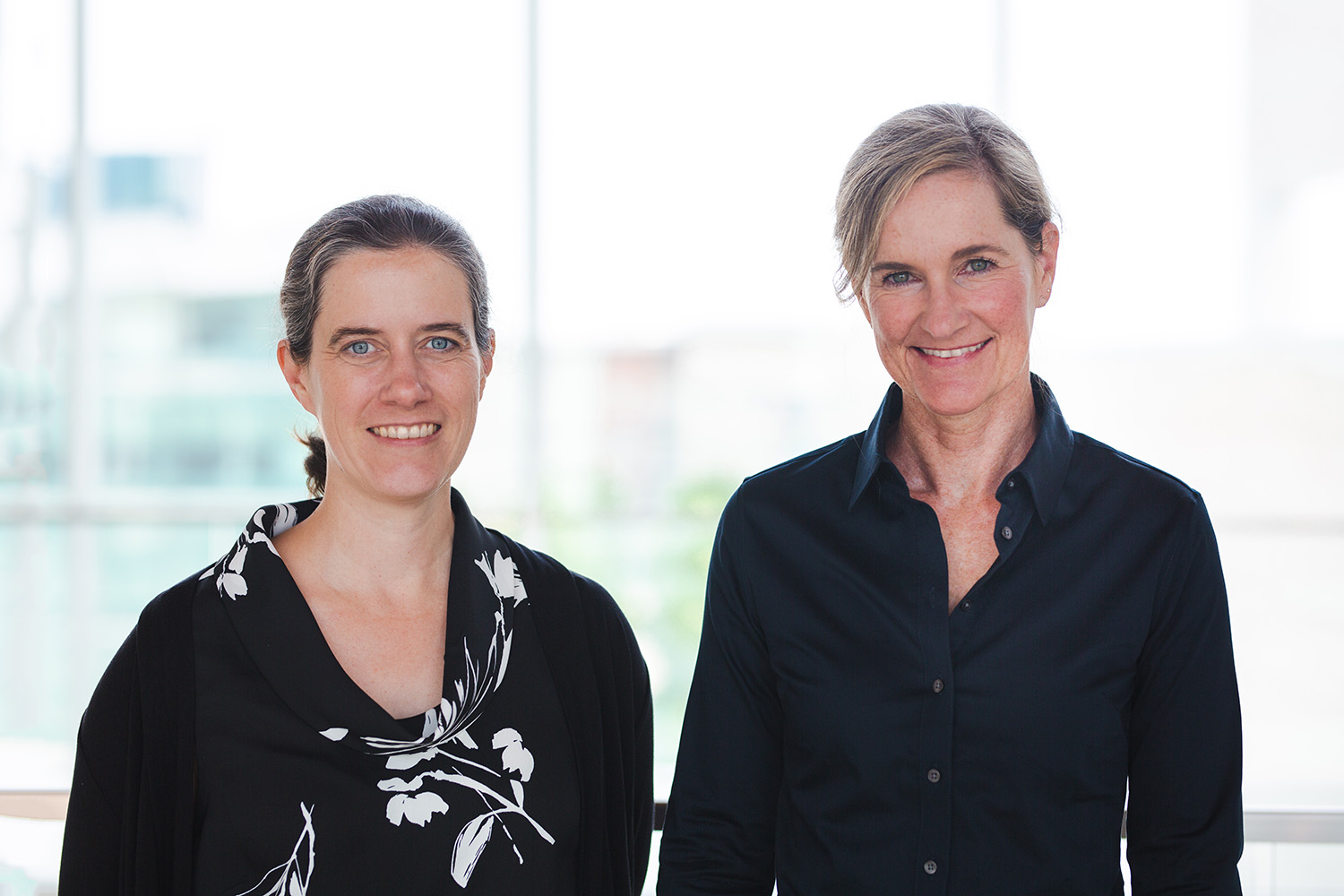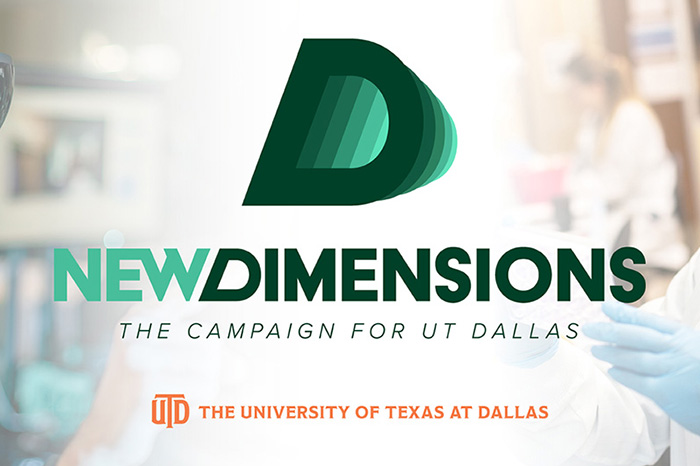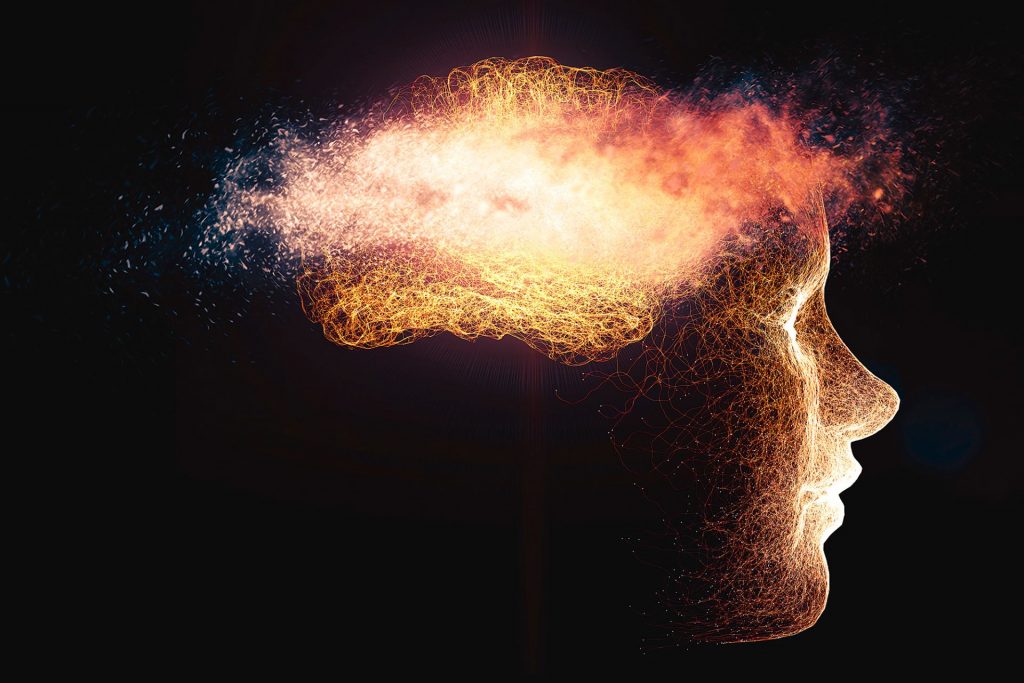
People who experience emotional trauma are often left with intense memories that they can’t shake. These long-lasting, intrusive thoughts can disrupt sleep patterns, cause an individual to withdraw socially to avoid potential triggers and generally alter the way a person lives.
With new funding from the National Institutes of Health, two neuroscience researchers at The University of Texas at Dallas are investigating whether vagus nerve stimulation (VNS) can accelerate recovery from emotional trauma in tandem with the most common type of therapy for patients.
The goal is to shorten the duration and improve outcomes of exposure-based therapy, which is often effective but can be difficult for the patient.
Stimulating the vagus nerve accelerates the rate at which the brain adapts. Research by UT Dallas scientists has shown that pairing rehabilitation therapy for disorders such as stroke and tinnitus with VNS can strengthen certain neural connections. Studies are also underway to evaluate the effectiveness of VNS-paired exposure therapy for post-traumatic stress disorder (PTSD).
In this new research conducted in animal models, the goal is to understand better how VNS enhances memory extinction and what neurological mechanisms mediate those effects, said Dr. Christa McIntyre, principal investigator on a four-year, $2.2 million grant from the National Institute of Mental Health (NIMH).
“If VNS helps produce new memories of safe associations that are as strong as learned trauma associations, the benefit can last a long time,” she said.
Eliminating Learned Fear

Intrusive memory issues, including those accompanying PTSD, are often treated with exposure-based therapy. This involves a therapist guiding a patient to focus on the traumatic experience or details that trigger negative responses in order to create new, benign memories associated with those stimuli, thus reducing anxiety.
“If a combat veteran was injured by a roadside bomb, it’s common for them to have debilitating anxiety when they smell gasoline, for instance, or see roadside debris,” said McIntyre, associate professor of neuroscience in the School of Behavioral and Brain Sciences (BBS). “So-called extinction learning requires repeated exposure to those reminders until the patient learns a healthier response. Clearly, this can be very difficult to endure.
“VNS has been preliminarily shown to promote this learning similarly to how it promotes neuroplasticity in other applications — from stroke therapy to tinnitus treatment. We hope to identify the neurological mechanisms that engage during that process.”
VNS is thought to work by increasing neuromodulator activity throughout the brain, making neuroplasticity — changes to the brain — easier to accomplish.
Earlier studies in rodents have supported the idea that exposure therapy paired with VNS enhances extinction of fear-based memories while also reducing anxiety. McIntyre and co-principal investigator Dr. Catherine Thorn now hope to demonstrate the pairing also produces longer-lasting extinction of learned fear, while also examining the neural mechanisms at work in the process.
“VNS can often seem like magic; even when it works, people raise their eyebrows. What is actually happening?” said Thorn, assistant professor of neuroscience. “We are targeting specific regions of the brain that are involved in learning and maintaining fear memories. By understanding how VNS promotes plasticity in these circuits, we gain confidence that VNS provides a uniquely effective way to accelerate fear extinction.”
Using Optogenetics
McIntyre said an area of the brain called the locus coeruleus seems to be involved both in generating and extinguishing fear-based memories, but how it responds to each may be different. Cognition and neuroscience doctoral student Debora Calderon will examine these processes using a technique called optogenetics, in which light is used to impede selectively the activity of neurons in a highly focused manner.
“If VNS helps produce new memories of safe associations that are as strong as learned trauma associations, the benefit can last a long time.”
Dr. Christa McIntyre, associate professor of neuroscience in the School of Behavioral and Brain Sciences
“We’re using optogenetics on the locus coeruleus of rodents to specifically target the neuromodulator noradrenaline, inhibiting it only for the two seconds when we’re applying VNS,” she said. “This allows us to test the hypothesis that the locus coeruleus is involved in VNS enhancement of extinction, and that noradrenaline is a mediator.”
Previous research on fear extinction has relied on drug infusions. Optogenetics is preferable because the effect can be immediately switched on and off, as well as targeted precisely to specific neurons.

To learn more about how UT Dallas is enhancing lives through transformative research, explore New Dimensions: The Campaign for UT Dallas.
“When you put a drug into an area of the brain, then it’s there for hours,” McIntyre said. “We can inhibit an area of the brain precisely while we administer VNS, without blocking what it is doing for hours after. The temporal and spatial resolution is what’s new here.”
Researchers also will target pathways from the locus coeruleus to other areas of the brain, such as the prefrontal cortex or basolateral amygdala, that are involved in forming extinction memories.
In the experiments, Thorn works with research scientist Dr. Rimenez Rodrigues de Souza and doctoral student Ching-Tzu Tseng to put multielectrode arrays into the fear extinction circuits of the brain in awake rodents.
“We record data from the extinction network in these animals while they receive VNS and extinguish the conditioned fears,” she said. “We then compare the neural signatures of extinction learning in the VNS-treated animals to those that have extinguished via repetition without VNS.”
Thorn said studies like theirs aim to help make the case for VNS usage in combination with exposure therapy in humans.
“As with stroke, not every patient responds the same, so understanding how VNS works becomes important when trying to improve it, make it work for more people, or predict who might respond or not respond,” she said. “That’s where studies like ours fit in.”
Psychology professor Dr. Hervé Abdi is a co-investigator on the NIMH grant as is Dr. Jonathan Ploski of Penn State University.
